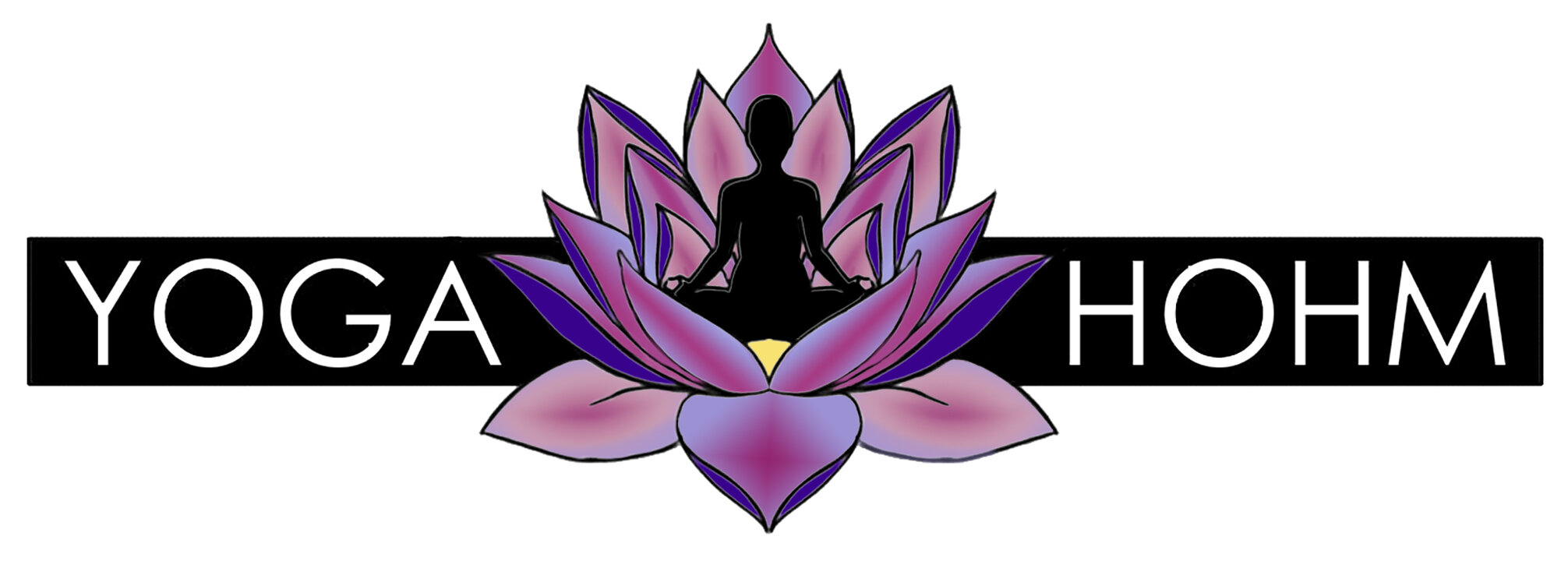Class Descriptions
Classes are listed in order from least to most physical work.
Meditation
Meditation is the quieting (not shutting down or turning off) of the mind in an attempt to relax one’s thoughts and body. The goal of meditation is to become more aware of what is happening inside the mind, body, and surrounding environment. Research has demonstrated the physiological and psychological benefits of meditation. Meditation classes at Yoga Hohm are designed to assist you in cultivating a consistent meditation practice. Weekly guided meditation classes include some gentle movements to relax the body, mantra and breathing exercises to focus the mind, and guided present moment awareness along with silent meditation.
Yin Yoga
Yin Yoga is based on the Taoist concepts of yin and yang, opposite and complementary principles in nature. Yin emphasizes holding yoga postures, or asanas, for longer periods of time, usually several minutes or more. This has a loosening effect on the deeper connective tissues- tendons, fascia, and ligaments that can aid in increasing circulation in the joints and improving flexibility. Some postures will be supported with props similar to Restorative Yoga. However, many poses will not be supported and will require some strength; one distinguishing feature of Yin Yoga that separates it from other styles of yoga in which poses are held for long periods of time.
Many poses in Yin yoga will resemble poses Hatha and Vinyasa students are already familiar with. However, in Yin, many poses will have different names so as to distinguish a difference in body alignment.
Students who will benefit from Yin are those with stiff joints, tight muscles, and/or aging bodies who are free of recent joint or soft tissue injuries.
Yin is not recommended for those who are brand new to yoga asana (poses), who have recent joint or soft tissue injuries, or those with hypermobile joints.
Gentle
Great for all students of any level, and especially beneficial for those who are healing from an injury and/or feeling overwhelmed. Included are guided breath control practices, fundamental poses that may include seated, standing and/or supine asanas. Many options for modifications will be explained as well as uses for props.
Beginner
Students who are new or fairly new to yoga will benefit from learning basic poses in sequences that move fluidly from one pose to another. Classes will begin with guided breath practice, then move on to basic warm up postures including sun salutations, paying special attention to learning the correct sequence and modifications when needed, while teaching the body to move with breath. Use of props will be explained and modifications for injuries and different body types will be demonstrated. Learn basic seated, standing and reclined postures and the correct way to align the muscles and joints in each pose. There will be some introduction to Sanskrit names of poses, and some introduction to yoga philosophy may be thrown in the mix from time to time.
Vinyasa
This level is a step up from Beginner in terms of intensity. Students will be encouraged to go beyond the basics and learn more advanced postures. Class will include more flow and Sanskrit names for poses will be used more often than in a Beginner class. Classes may include introductions to more challenging poses such as inversions, arm balances, advanced back bends, shoulder stands and deeper twists. Classes will move in the order of first breath control practice, followed by warm up, basic and advanced standing poses designed to prepare the body for the class's peak pose, basic and advanced seated cool downs, most often an inversion, and ending with a relaxing savasana. Yoga philosophy is often sprinkled in.

